Getting to know GTC: Interview with Ibu Cici Viviani
-
Country
Indonesia -
Programme
BGCI's Tree Conservation Programme -
Workstream
Inspiring and Leading People -
Topic
Tree Conservation -
Type
Blog -
Source
BGCI
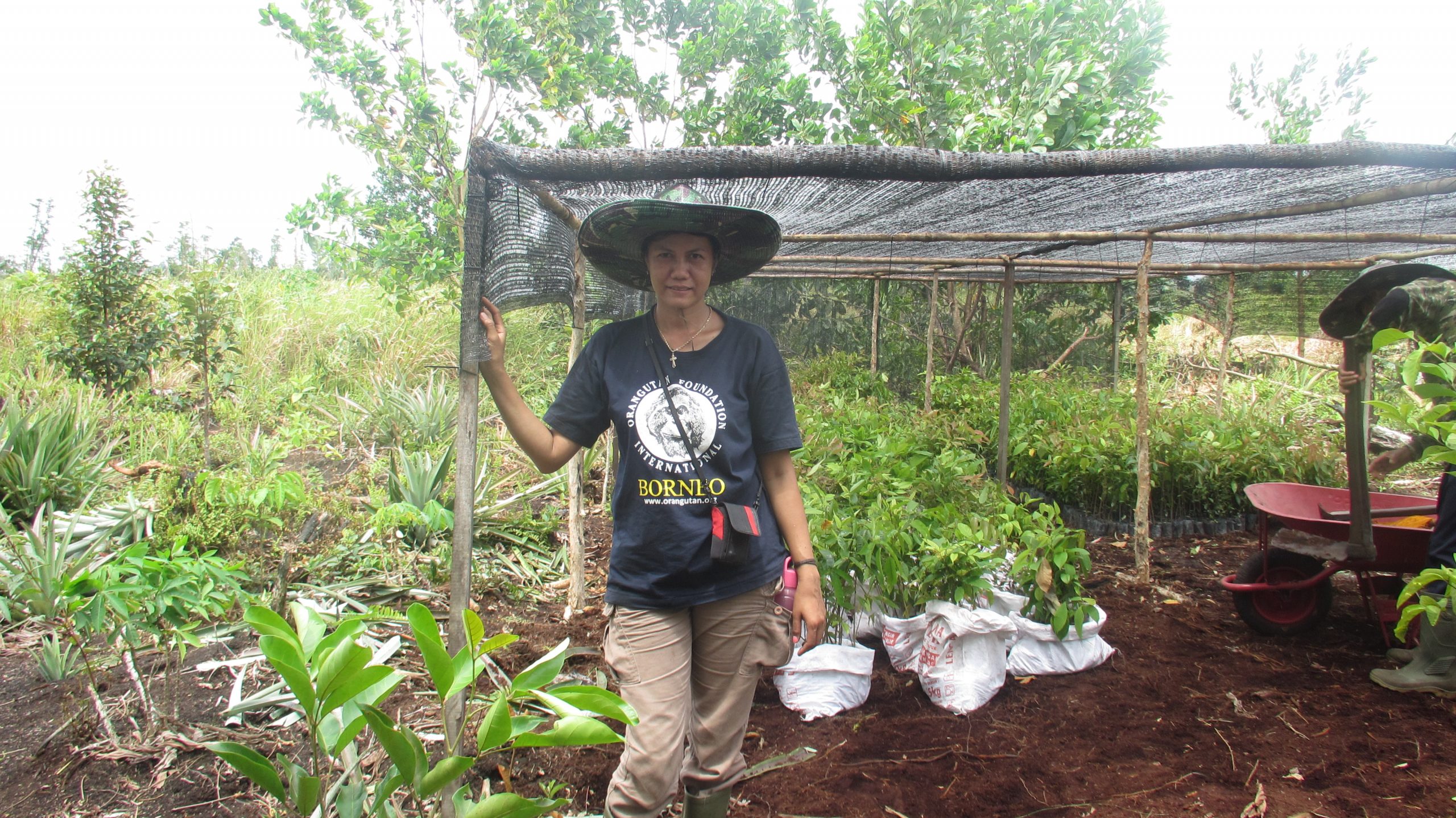
In the next installment of our interview series we meet another dedicated conservationist working with GTC to save the world’s most threatened trees from extinction.
Introducing Ibu Cici Viviani, Coordinator of the Herbarium and Reforestation Program at Orangutan Foundation International (OFI) in Central Kalimantan, Indonesia. Ibu Cici heads OFI’s contribution to the GTC project ‘Securing the future of threatened tree giants in Borneo’.
How did you get into tree conservation?
Before entering into the world of conservation with OFI, I was an employee in one of the Finance companies and had worked for 7 years as Head of Operations. Because the responsibilities within my family were getting bigger and working hours were getting longer late at night due to closing at the end of the month, I decided to resign from my job. After resigning for more than a year, I intended to start working again. I have a younger brother who has been working with OFI for 1 year and he first referred me to enter and work together in the field of conservation, because I was a graduate of the University majoring in Forestry. Ms. Professor Birute appreciated and accepted me to work with OFI. I first started for four months to help the Professor carry out research, after that I was appointed to be the Coordinator of the Herbarium and begun to run the reforestation and tree conservation program which is one of the OFI projects. I have now been running a reforestation project with my Herbarium team for 3 years.
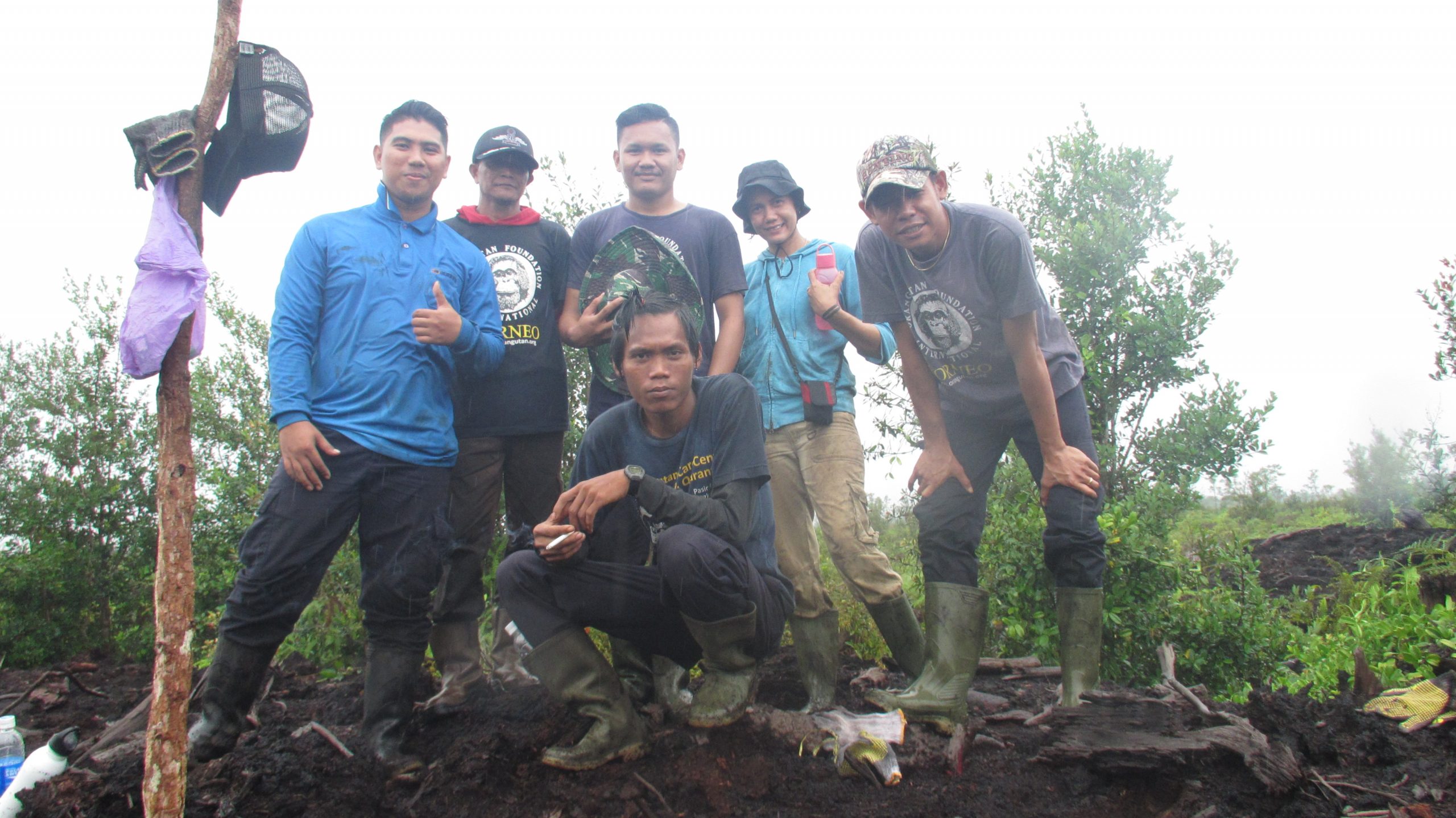
How do you contribute to the Global Trees Campaign (GTC)?
As part of the GTC Project ‘Securing the future of threatened tree giants’ we focused on two types of Dipterocarp, namely S. balangeran and S. leprosula; we started running this project two years ago. Before running this project with the support of National Geographic we had already done reforestation by planting Balangeran. So when this project started we had already made a plan to search for seedlings and to carry out planting in OFI land that was burned in 2015. We have now identified through the project workshop the local tree Meranti Durian (S. leprosula) and will start to search for seedlings again. We hope that this collaboration with GTC and OFI in reforestation can help us in planting and monitoring activities. We hope we can make a good contribution to accelerate forest recovery after the 2015 fires.
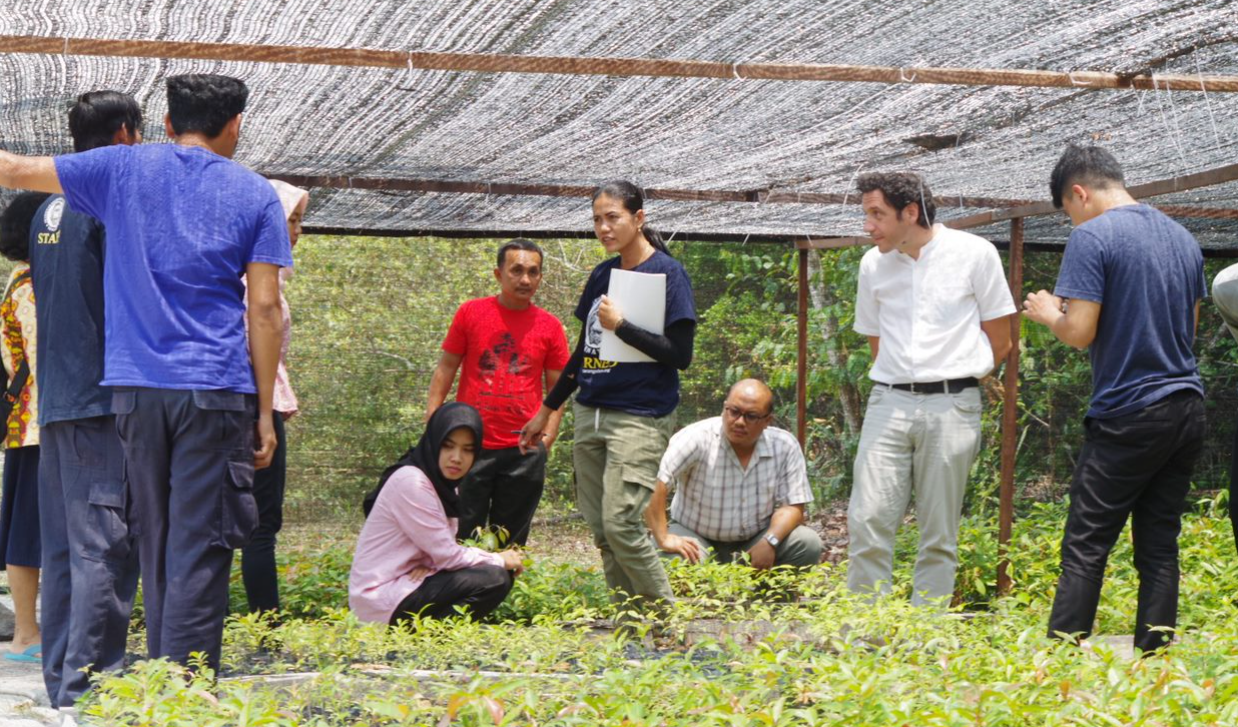
Which conservation achievement are you most proud of?
For each planting activity for conservation that we do with the Herbarium team, many of which are in the field, it is togetherness and cohesiveness within the team that is a benchmark of the success of achieving our goals. Our current planning activities do not yet obviously show the results of that hard work, as it takes time for the plants to grow big. And as the plants grow and need taking care of, we will look after them like a new child growing up that needs its parents guidance to live. The most pleasant thing is when we see the plants that we grow flourish and develop well.
Best story from the field?
Working outdoors always provides exciting stories that are fun as well as challenging. For us, the team that is always in the field, the sky is like a roof for us, which gives rain and sun when we work to plant for reforestation. When in the planting area and staying overnight for four days in the camp in one team, we are always together. When in the forest, the food and drinks we eat are modest but it is the togetherness and cohesiveness that makes everything feel good. And when we were in the field, we already have our own work assignments, the men’s team pioneer the planting path, and the women’s team plant the trees and create the planting holes.
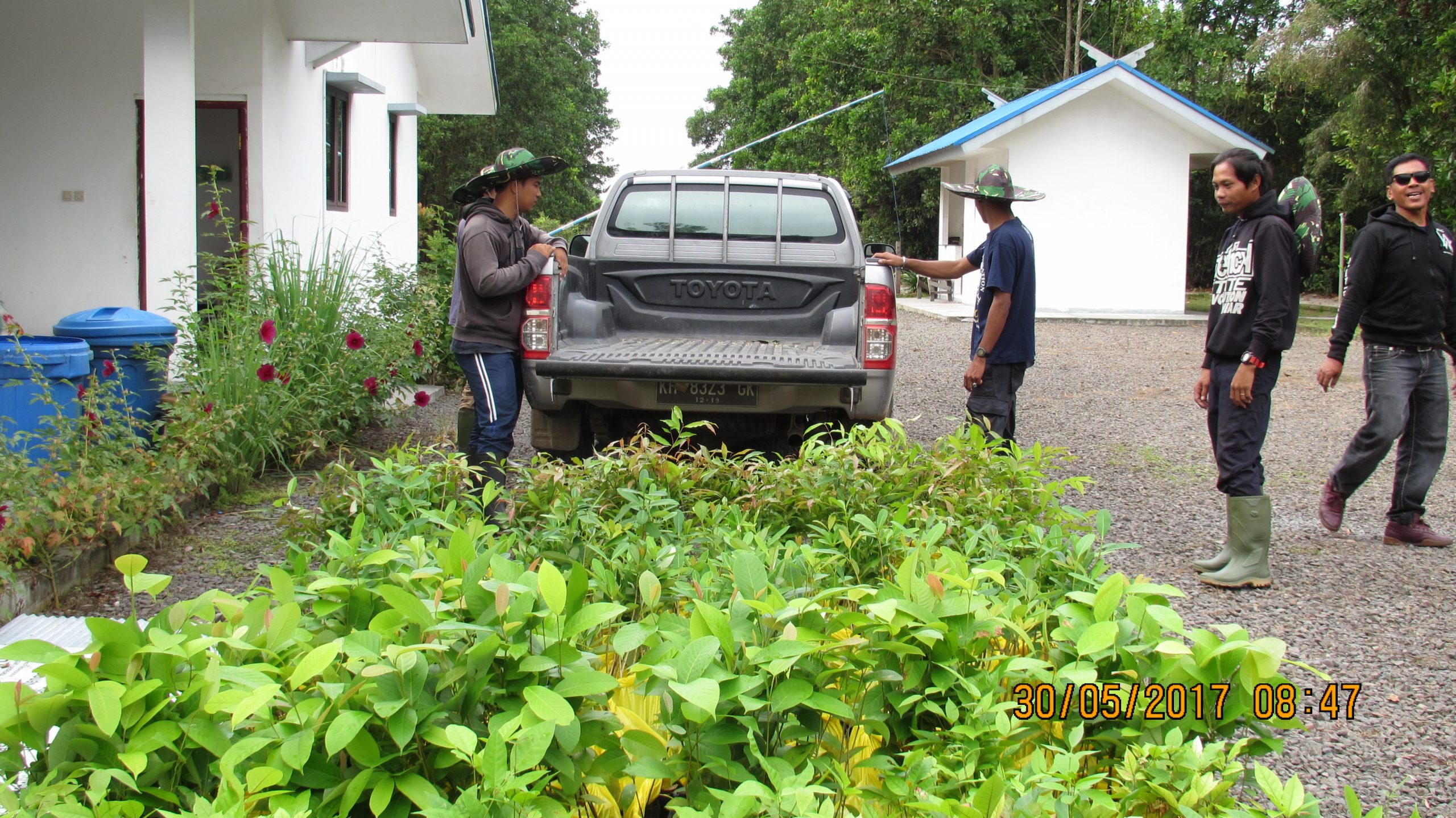
What is your favourite threatened tree?
In the Dipterocarp Workshop held in Borneo, our knowledge about trees and identification increased for the Meranti Durian (Shorea leprosula) plant species in Camp Leakey, Tanjung Puting National Park. It was the right choice for this project. The workshop was a new experience for us to learn a lot for propagating and conserving the Dipterocarp species from Camp Leakey. The trees will be planted elsewhere such as the ancient swamp which is the site of our reforestation project.
What are easy things people can do to support tree conservation?
In our reforestation activities we also use outsourcing, so we get workers from around the village near the planting site. We hire local residents to help plant. Besides that, we also educate the surrounding community to know and support the activities we do. We also open the Herbarium for school children education activities, teach them about finding seeds in the forest, planting and how to look after forest. There are about 5,000 seedlings that have been planted in the nursery, and are waiting for the time to be ready to be planted in our reforestation plot.
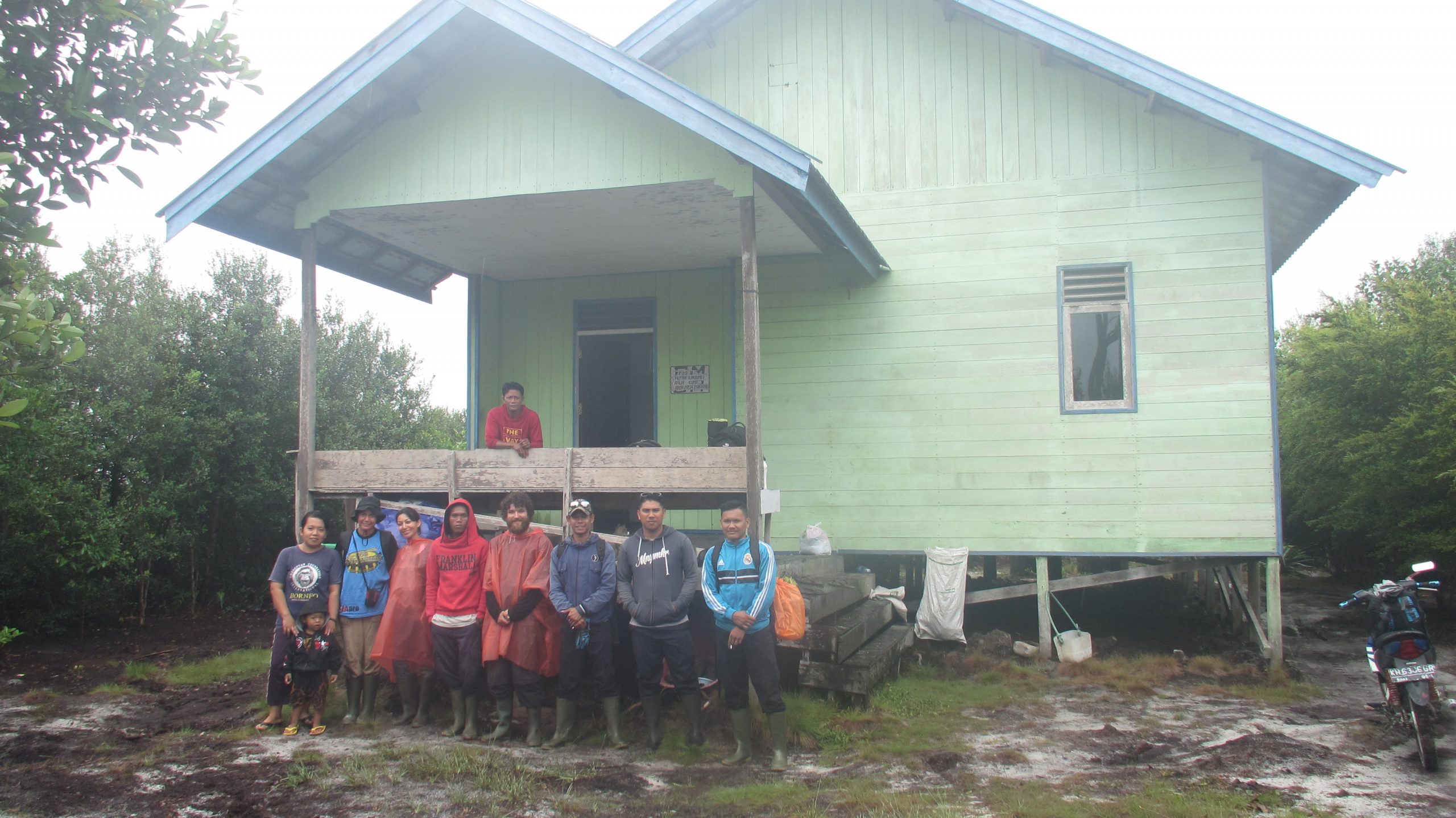
The final question – which tree product could you not live without?
In my daily life, I still use forest products, for example paper that I try to use to a minimum as possible.
Header image credit: Ibu Cici Viviani
Written by Jean Linsky for GTC. Jean coordinates the Southeast Asia Botanic Gardens (SEABG) Network. Based in Taiwan, she is involved in working with network members to develop and facilitate the regional conservation programme. Jean contributes to the Global Trees Campaign, through project management on practical tree conservation projects around the Asia Pacific region.
Become a Member
Be part of the largest network of botanic gardens and plant conservation experts in the world by joining BGCI today!
Support BGCI
You can support our plant conservation efforts by sponsoring membership for small botanic gardens, contributing to the Global Botanic Garden Fund, and more!